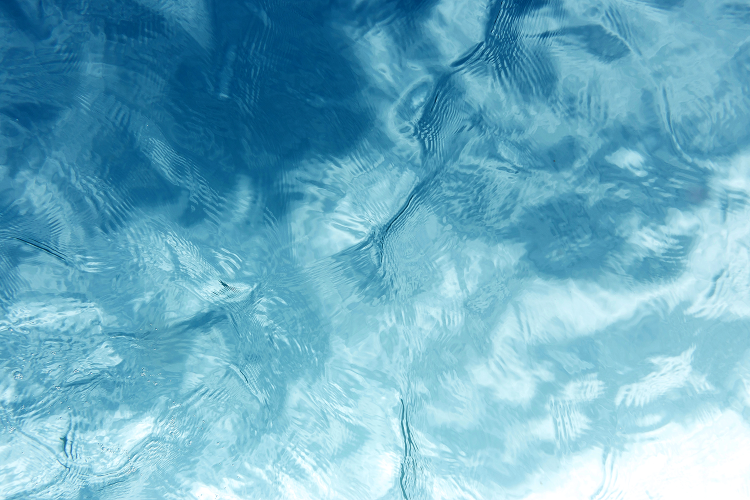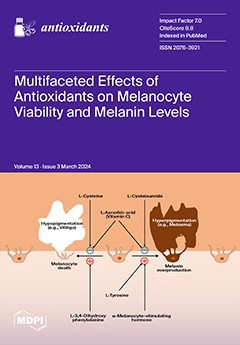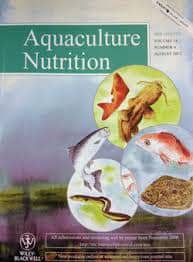Cysteamine improves growth and the GH/IGF axis in gilthead sea bream (Sparus aurata): in vivo and in vitro approaches

Abstract
Aquaculture is the fastest-growing food production sector and nowadays provides more food than extractive fishing. Studies focused on the understanding of how teleost growth is regulated are essential to improve fish production. Cysteamine (CSH) is a novel feed additive that can improve growth through the modulation of the GH/IGF axis; however, the underlying mechanisms and the interaction between tissues are not well understood. This study aimed to investigate the effects of CSH inclusion in diets at 1.65 g/kg of feed for 9 weeks and 1.65 g/kg or 3.3 g/kg for 9 weeks more, on growth performance and the GH/IGF-1 axis in plasma, liver, stomach, and white muscle in gilthead sea bream (Sparus aurata) fingerlings (1.8 ± 0.03 g) and juveniles (14.46 ± 0.68 g). Additionally, the effects of CSH stimulation in primary cultured muscle cells for 4 days on cell viability and GH/IGF axis relative gene expression were evaluated. Results showed that CSH-1.65 improved growth performance by 16% and 26.7% after 9 and 18 weeks, respectively, while CSH-3.3 improved 32.3% after 18 weeks compared to control diet (0 g/kg). However, no significant differences were found between both experimental doses. CSH reduced the plasma levels of GH after 18 weeks and increased the IGF-1 ones after 9 and 18 weeks. Gene expression analysis revealed a significant upregulation of the ghr-1, different igf-1 splice variants, igf-2 and the downregulation of the igf-1ra and b, depending on the tissue and dose. Myocytes stimulated with 200 µM of CSH showed higher cell viability and mRNA levels of ghr1, igf-1b, igf-2 and igf-1rb compared to control (0 µM) in a similar way to white muscle. Overall, CSH improves growth and modulates the GH/IGF-1 axis in vivo and in vitro toward an anabolic status through different synergic ways, revealing CSH as a feasible candidate to be included in fish feed.

